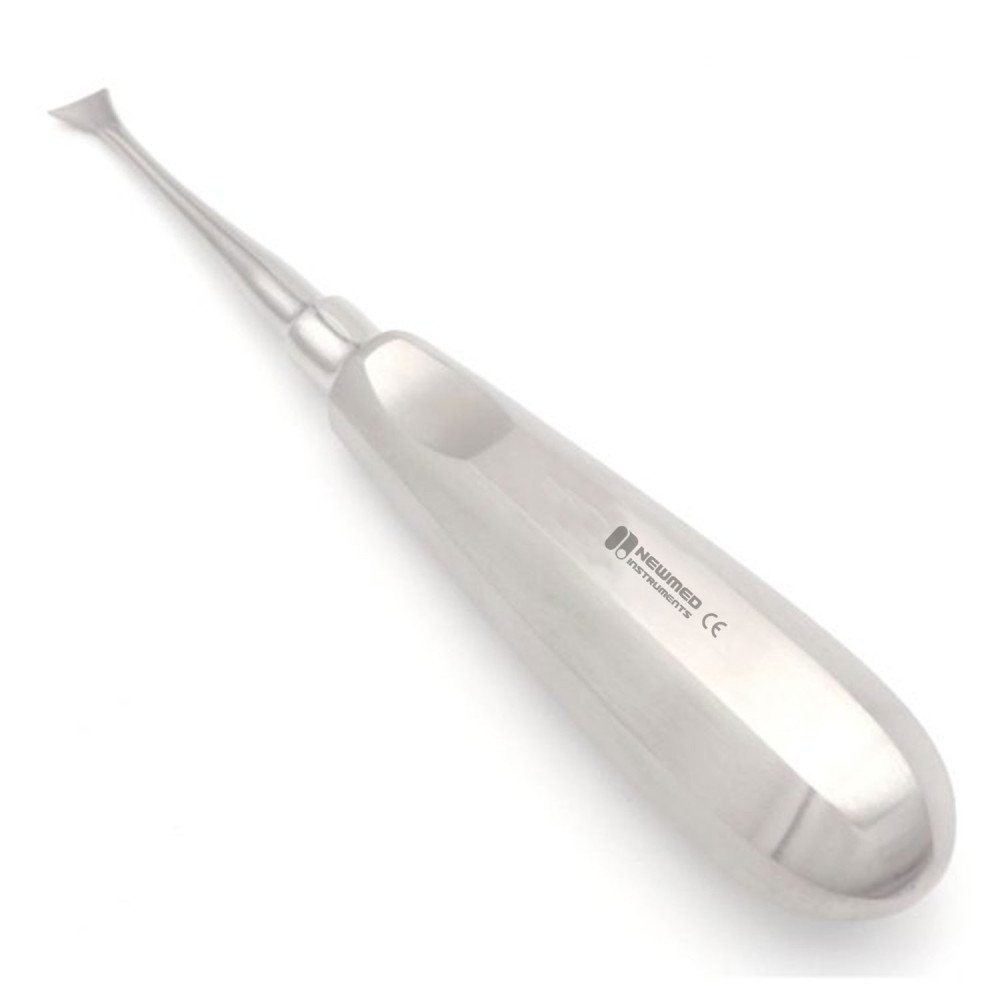The Dental Cryer Elevator: A Guide to Precision Extraction
Wiki Article

In modern dentistry, the successful extraction of teeth, particularly retained root tips, relies heavily on the precision and design of the instruments used. Among the essential tools in a dentist's arsenal, the dental elevator stands out for its critical role in luxating teeth. This post explores the specific functions and advantages of a specialized instrument designed for this delicate work: the dental cryer elevator. We will detail its design, application, and the importance of selecting a high-quality tool for optimal patient outcomes.
Understanding the Unique Design
The design of a surgical instrument is directly linked to its function and effectiveness. The dental cryer elevator is distinguished by its unique triangular or pennant-shaped tip, which is sharp and pointed. This design is not accidental; it is engineered for a specific purpose. It allows the clinician to engage the interseptal bone effectively, using it as a fulcrum to elevate and remove fractured or deeply embedded root fragments that are otherwise difficult to access with standard elevators. The shank of the instrument is also crafted to provide the necessary leverage without obstructing the practitioner's view, ensuring precise control during the procedure.
Application in Complex Extractions
The primary use of this specialized tool is during complex surgical extractions, especially when a molar root fractures below the alveolar crest. After a pathway is created with a surgical bur, the sharp tip of the dental cryer elevator is inserted into the space. By using the solid inter-radicular bone as a lever point, the practitioner can apply controlled rotational force to engage and lift the broken root segment from its socket. This technique minimizes trauma to the surrounding bone hook instrument and soft tissues, which is a key factor in promoting faster healing and reducing post-operative complications for the patient.
The Importance of Quality and Precision
For any surgical procedure, the quality of the instruments is paramount. A high-quality dental cryer elevator, crafted from durable surgical-grade stainless steel, ensures both longevity and reliable performance. The precision of the working end must be sharp and perfectly formed to effectively engage the root without slipping or causing iatrogenic damage. For surgeons and dental students who value perfect and precise results, choosing an instrument from a reputable source is a critical step. An inferior tool can bend, break, or fail to provide the necessary grip, compromising the procedure and potentially leading to a more invasive intervention.
Maintaining for Optimal Performance
Proper care and sterilization are essential to maintain the integrity and function of any surgical instrument. Following each use, the instrument should be thoroughly cleaned to remove all biological debris before being sterilized according to established protocols. Regular inspection for signs of wear, dullness, or damage is crucial. A sharp and well-maintained instrument performs predictably, allowing the clinician to execute techniques with confidence. Ensuring your tools are in top condition reflects a commitment to providing the highest standard of care and achieving the best possible results for every patient.
Conclusion: Elevating the Standard of Care
The dental cryer elevator is a testament to how specialized instrument design can solve specific clinical challenges. Its unique shape and function make it an indispensable tool for managing complicated extractions involving retained root tips. For healthcare professionals dedicated to excellence, the choice of instrument is a direct reflection of their commitment to patient care. By understanding its proper application and insisting on high-quality manufacturing, clinicians can enhance their surgical techniques, improve efficiency, and ensure safer, more predictable outcomes in their practice.
Report this wiki page